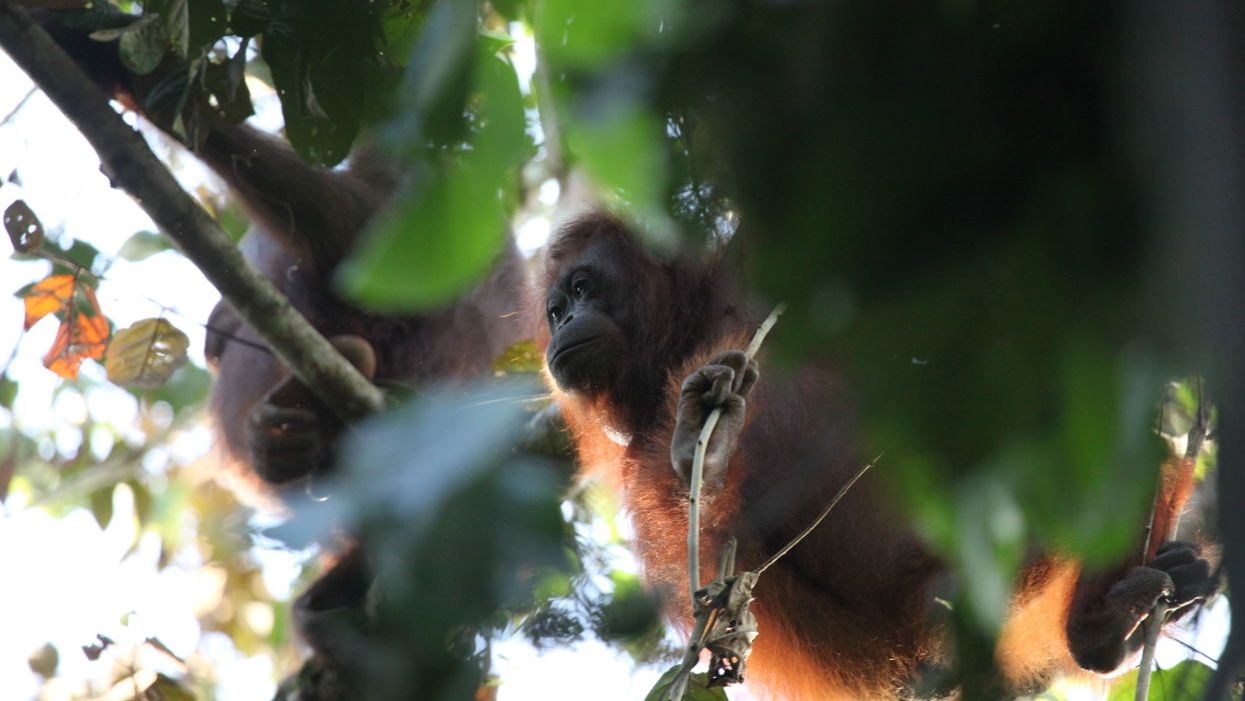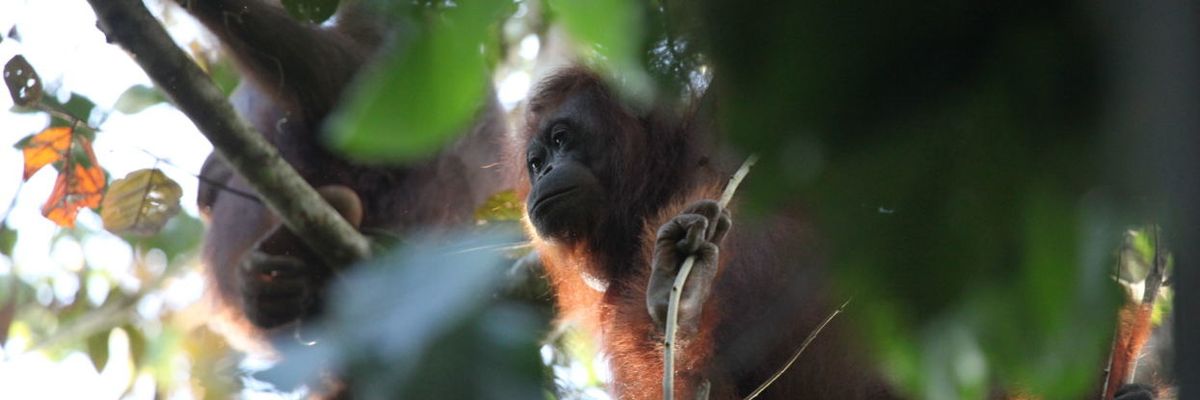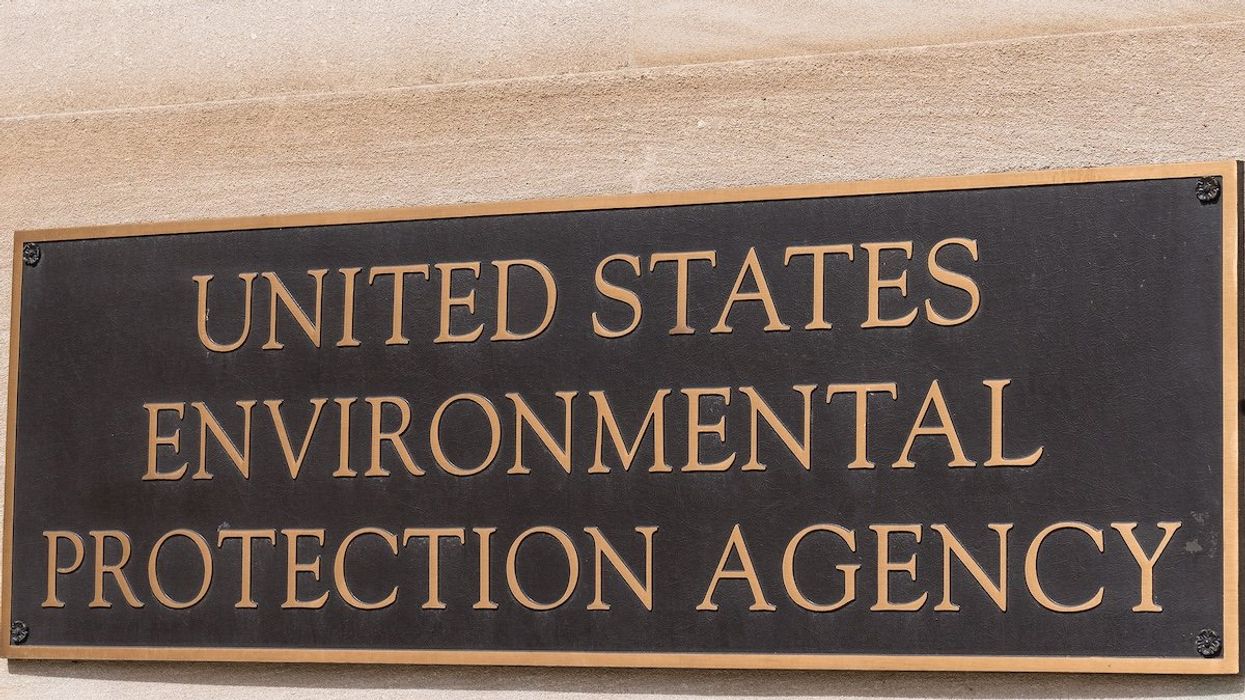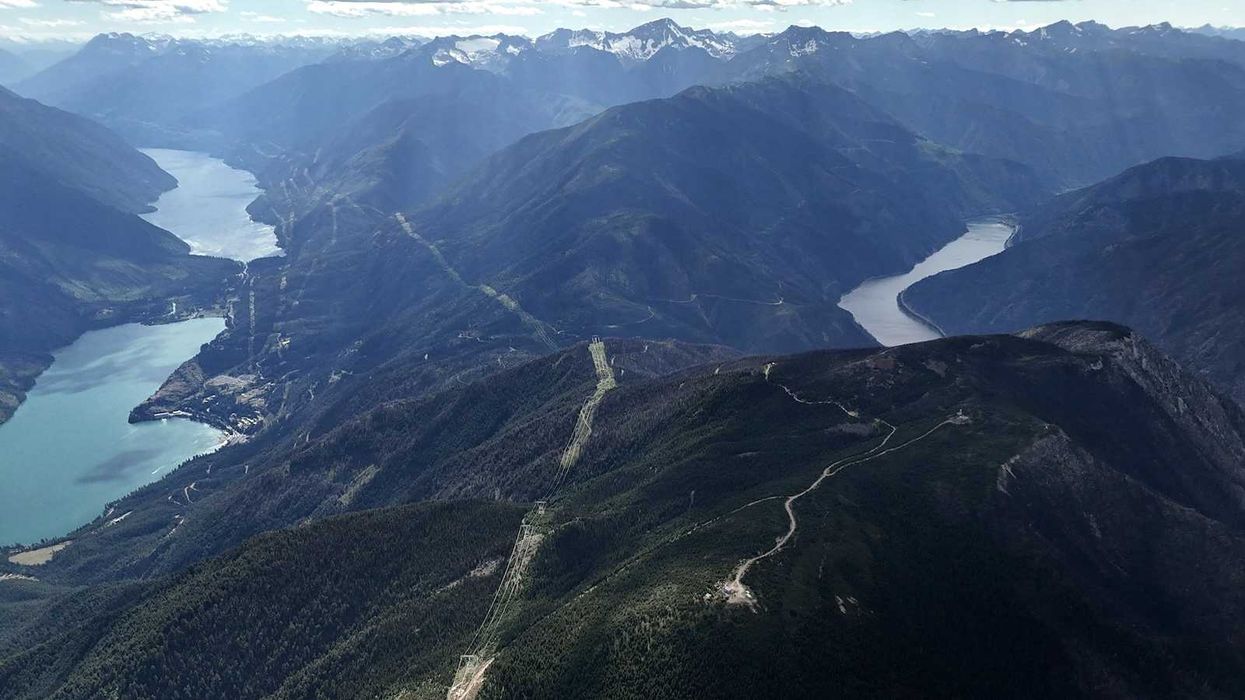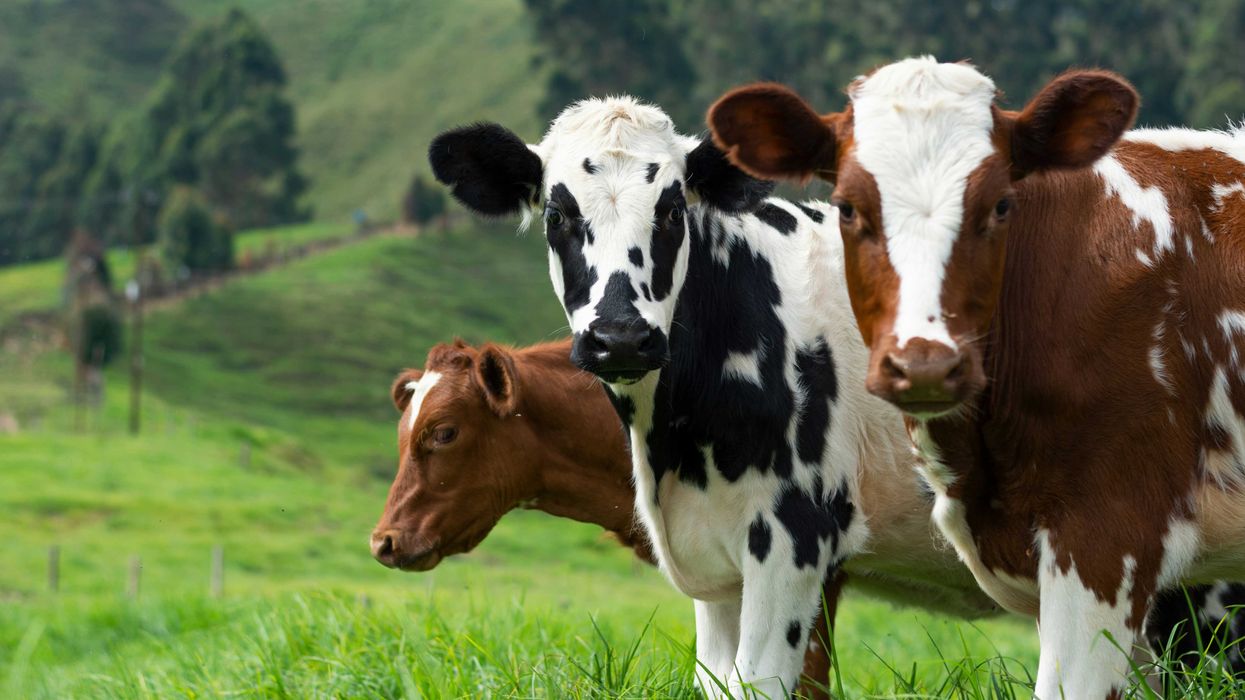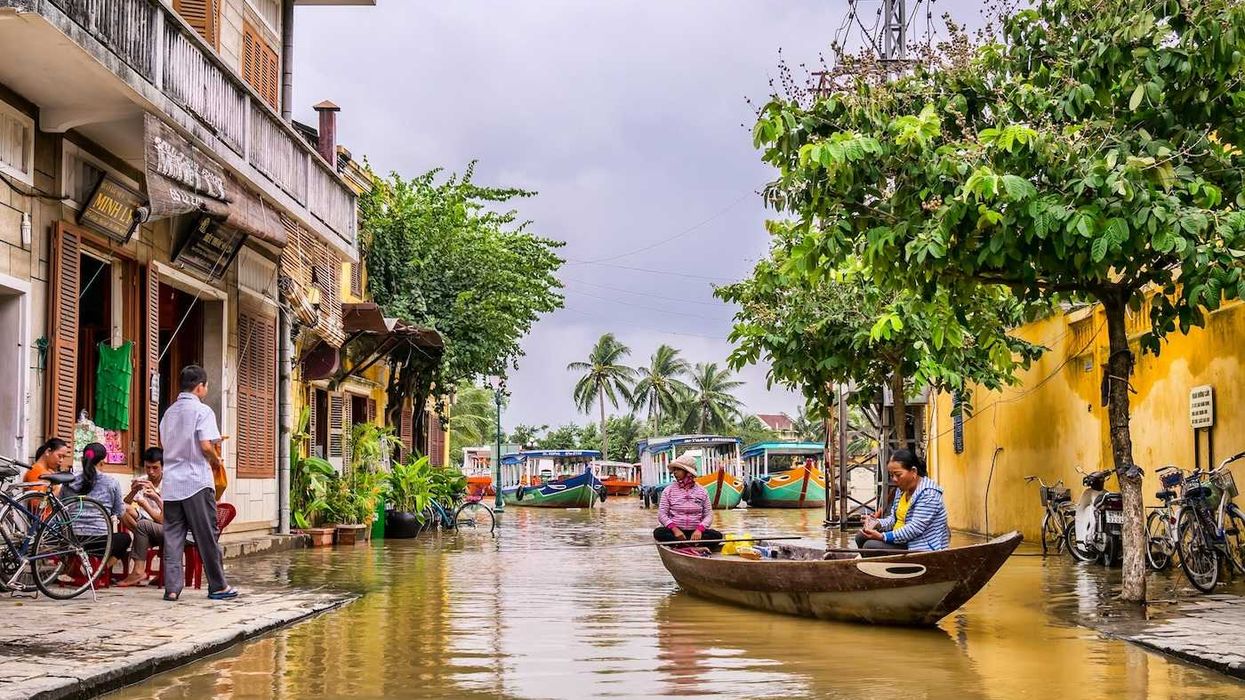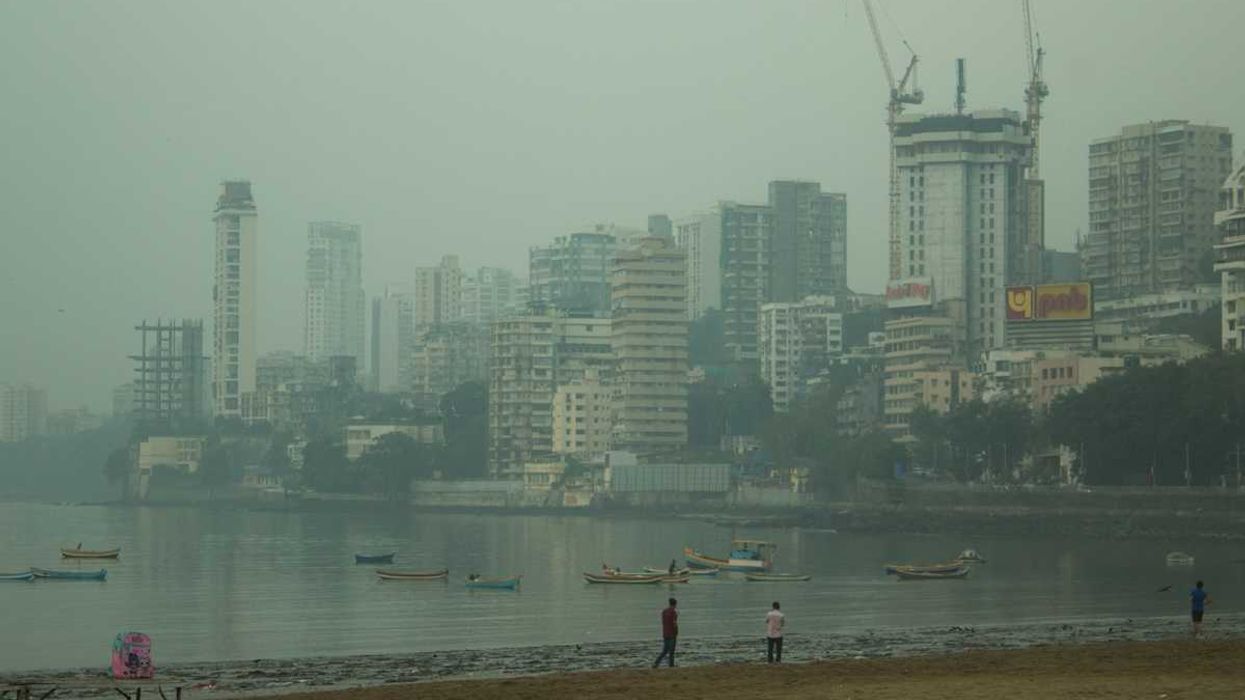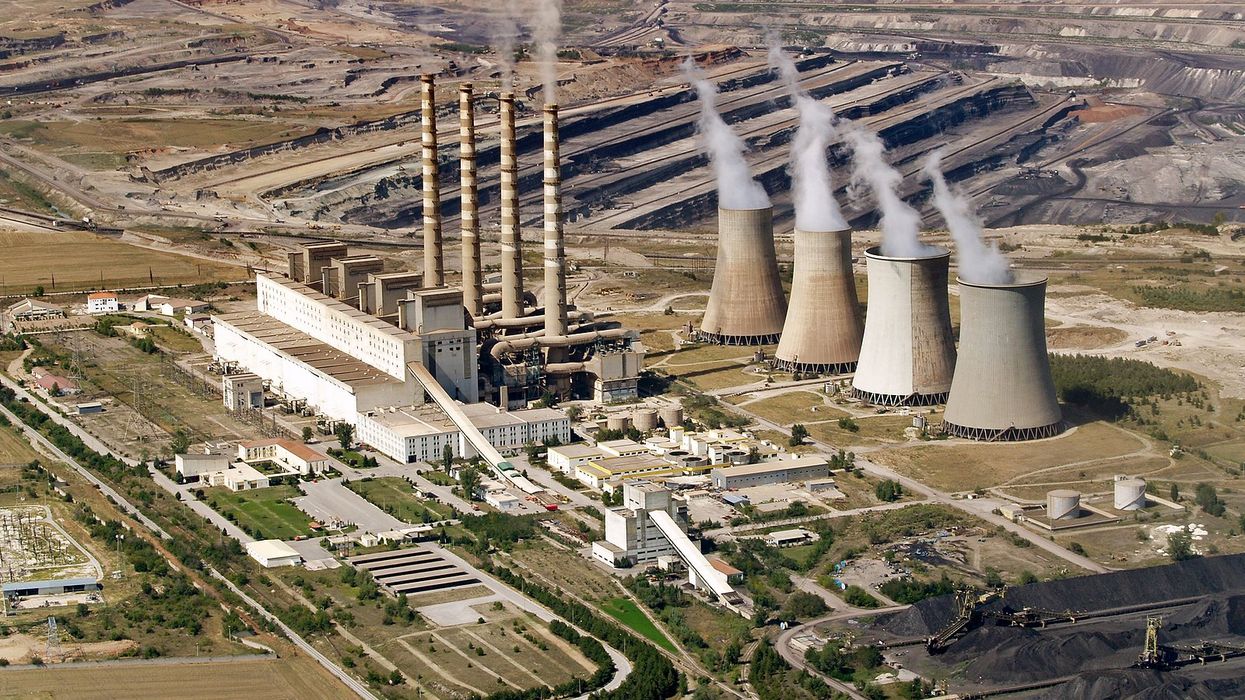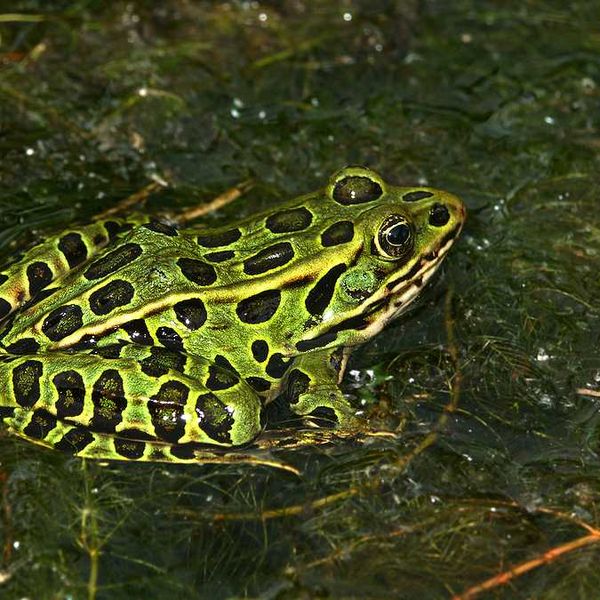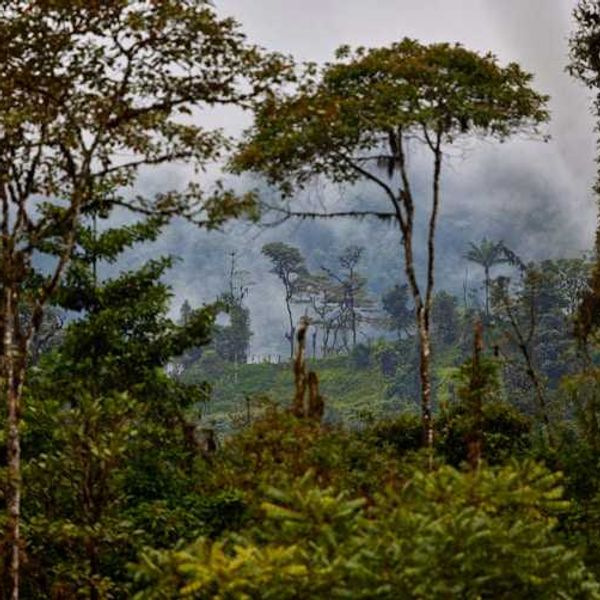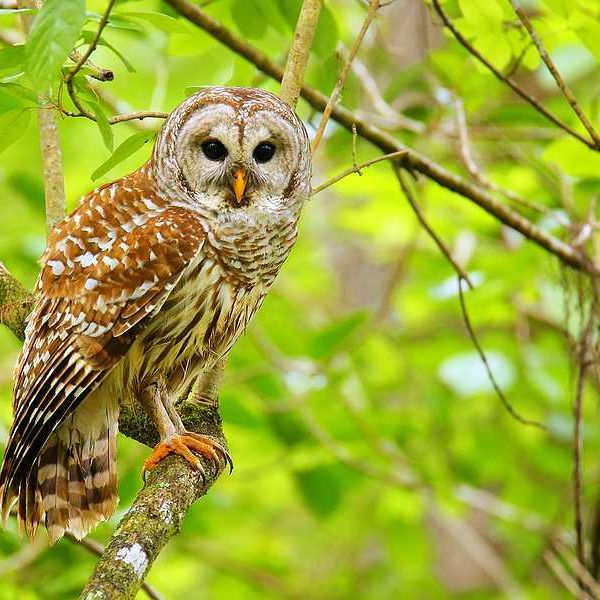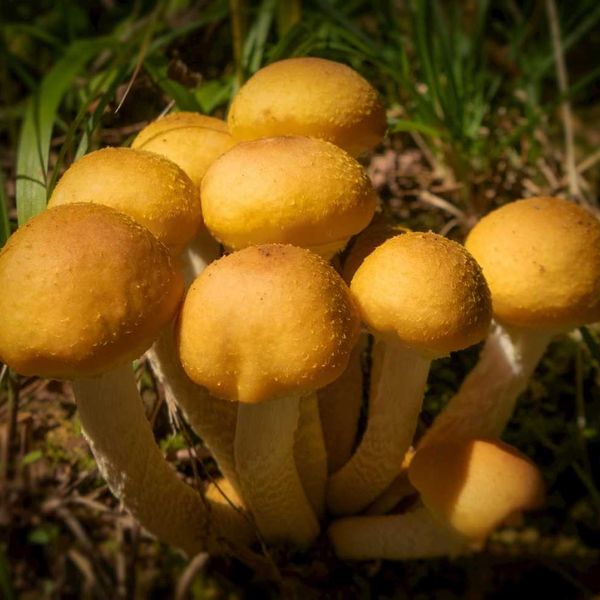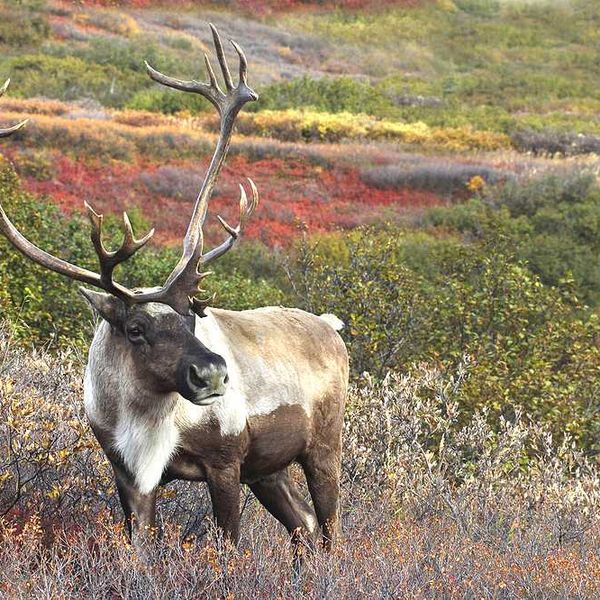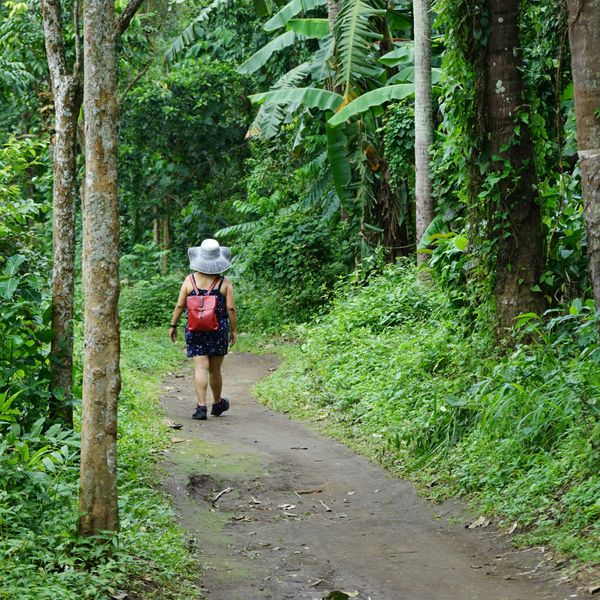Orangutan populations have decreased in fragmented forest areas near palm oil plantations, but they have remained fairly stable in protected forests, giving conservationists some hope for the species' future amid continued decline, according to a new study.
The study, released this week in PLOS ONE, estimated Bornean orangutan populations in Sabah, a Malaysian state in Borneo that the study's authors call the "stronghold of the orangutan." Malaysia and Indonesia produce most of the world's palm oil, and they are also the only countries that wild orangutans call home. The expansion of palm oil plantations results in deforestation and is one cause of destruction of orangutans' natural habitats.
While conservation efforts have been put in place to protect orangutans, the countries also depend on the production of palm oil—which is found in processed foods, cosmetics, soap, and biofuel—as a major export and economic driver, setting up a continued fight to preserve precious habitat for orangutans.

Credit: Wikimedia Commons
Orangutans are found in only two places in the world: Sumatra, an Indonesian island, and Borneo, which is divided between Malaysia, Indonesia, and Brunei. Borneo is home to 105,000 critically endangered orangutans. The Bornean orangutan population has decreased by more than half since 1999 due to deforestation, logging, and hunting. (The other two species, on Sumatra, are also critically endangered.) Palm oil plantations in these areas range from small fields with rows of plants owned by independent farmers to larger pieces of land that are state-owned or run by the private sector.
Sabah is unique in that almost half of its land is a permanent forest reserve. Conserving orangutans may be more of a challenge in other parts of the island, including Sabah's unprotected forests. Kalimantan (Indonesian Borneo) also has an economic development plan in place to build new roads and railways that could impact many forested areas.
Researchers say that conservation efforts need to be improved while keeping in mind the agricultural and economic development of the island.
Forest protection works
Donna Simon, senior program officer at WWF-Malaysia and lead author of the new study, grew up on a palm oil plantation in Sabah. "I had zero knowledge about biodiversity," she told EHN. This changed when she went to college and became interested in conservation biology.
Growing up, Simon never saw an orangutan in the wild, only in a rehabilitation center. Orangutans can be hard to spot in the wild, since they are elusive and live in trees. "We don't look for the animals. We just look for the nests," Marc Ancrenaz, co-director of the Kinabatangan Orangutan Conservation Project and scientific director of the nonprofit organization Hutan, and a co-author of the study, told EHN.
Orangutan nests look like overgrown bird nests made of broken branches, and the team searched for them by helicopter, which allowed them "to cover large areas and areas that are inaccessible by foot in a shorter amount of time," said Simon.
The researchers estimated Sabah's orangutan population at 10,300 individuals, about 1,000 less than what was estimated in a 2002 study led by Ancrenaz. They expect populations in the central uplands of Sabah to remain stable as long as forests continue to be protected.
Meanwhile, in the eastern regions of Sabah where the most agricultural activity has occurred, populations are expected to keep decreasing.
Orangutans are making some use of agricultural land. While they can't survive on plantations – they need at least some forested area – they have been known to enter plantations and eat growing palm plants.
"We've realized that the orangutan is much more resilient and adaptable than what people thought previously, that the species can adjust and adapt and survive pretty well in very degraded forests," said Ancrenaz.
This is relatively good news, but Bornean orangutans are still decreasing in non-protected forests. By 2025, their current numbers could decline by half, to 47,000.
Accepting coexistence

Credit: Marc Ancrenaz
What can people do to help conservation efforts? Social media campaigns can make it seem like boycotting palm oil will stop deforestation and save the orangutans. But the situation is more complicated. Palm oil production is just one contributor to population decline, in addition to logging, producing other crops, and hunting.
In addition, many people depend on palm oil production for their livelihood, and reducing palm oil production could have negative effects on Bornean locals.
"There is a significant number of Indonesians and Malaysians who rely on palm oil as a means of making a living, and they'd be the first ones to be adversely affected," Liana Chua, an anthropologist at Brunel University London who was not involved with the study told EHN.
To complicate things further, palm oil produces more oil per acre than other crops. "Like it or not, palm oil is the most efficient oil crop that we have," Cassie Freund, a graduate student at Wake Forest University who has participated in wildlife education visits to schools in Kalimantan told EHN. "Switching to any other crop would require more deforestation."
Conservationists and policymakers must work together to develop solutions that will satisfy the most people. One way to do this is to advocate for the use of certified sustainable palm oil, said Freund. "That's not a perfect solution, but it's better than a big boycott would be," she said.
On the individual level, social media can help spread awareness about conservation issues, but "there's so much oversimplification out there," said Chua. "There's often this sense when you go around rural Borneo and Sumatra that you have these white people coming in and throwing loads of money and [supplies] at these animals… while the actual people of the forest like themselves are being neglected," she added.
Ancrenaz believes that, ideally, Borneo's landscape would have palm oil plantations surrounded by corridors of natural forests. "If we diversified a little bit of the landscape, I think we'd give orangutans a chance," he said. "The future for these species will depend on how people are able to accept coexistence."

